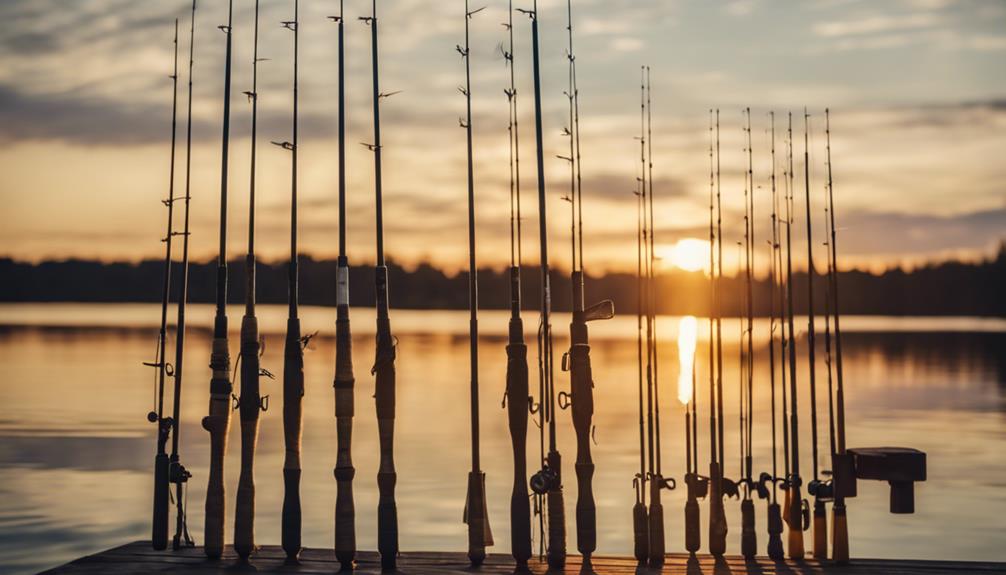Fishing is more than just a hobby; it’s a passion that connects people with nature and provides an opportunity for relaxation and adventure. One popular technique among anglers is “snagging,” which involves catching fish by hooking them in areas other than the mouth. This method can be particularly effective for certain species in specific environments. In this comprehensive guide, we’ll explore how to snag a fish, the best practices, and tips for success.
Understanding the Basics of Snagging
Before diving into the techniques of snagging, it’s essential to understand what it entails. Snagging usually involves using specialized hooks and techniques to catch fish by snagging their bodies rather than relying on traditional hooking methods. This technique is often employed for species such as salmon or catfish, particularly during spawning seasons when they are more aggressive and less likely to bite. Knowing when and where to apply these methods is crucial to your success.
Choosing the Right Gear for Snagging
When it comes to snagging, having the right gear is vital. A strong fishing rod and reel are essential, as snagging often requires more force than traditional fishing. Look for rods that are at least medium to heavy action, paired with a reel capable of holding a substantial amount of line. You’ll also need specialized snagging hooks, which are typically larger than regular hooks and have barbs that help keep the fish on the line once hooked. Additionally, consider using a heavier line, around 20-30 pounds test, to handle the potential weight of larger fish.
Techniques for Snagging Fish
To successfully snag a fish, it’s important to master various techniques. One common method is the “jigging” technique, where you continuously lift and drop your rod to create movement in the water, enticing fish to come closer. Another effective technique is the “cast and retrieve,” where you cast your line and pull it back quickly, allowing the hook to snag any fish that are present. Practice these techniques in controlled environments before taking them to open waters to improve your skills and confidence.
Selecting the Right Location for Snagging
Where you fish is just as important as how you fish. Certain locations are more conducive to snagging, especially during certain seasons. Rivers and streams where fish congregate during spawning seasons are ideal spots, as these areas often see an influx of fish. Additionally, look for deep holes, eddies, and areas with structure, such as fallen trees or rocks, as these can often be hiding spots for fish. Research local regulations regarding snagging in your area to ensure you are fishing in legal zones.
Timing and Seasonal Considerations
Timing plays a crucial role in snagging fish effectively. Early morning and late evening are generally the best times to fish, as many species are more active during these hours. Additionally, understanding the spawning cycles of the fish you’re targeting can significantly increase your chances of success. For instance, salmon typically spawn in late summer to early fall, making this an ideal time to employ snagging techniques. Always check local fishing reports and regulations to understand the best times and methods to use.
Legal and Ethical Considerations in Snagging
As with any fishing technique, snagging comes with its own set of legal and ethical considerations. Many states have specific regulations regarding snagging, including restrictions on the types of hooks that can be used and designated seasons for snagging. Always familiarize yourself with local fishing laws to avoid penalties. Practicing catch and release can also be an ethical choice, especially for species that are vulnerable or threatened. Respect for wildlife and the environment should always be a priority when fishing.
Tips for a Successful Snagging Experience
To enhance your snagging experience, consider the following tips. First, keep your line taut to increase your chance of hooking a fish. Second, practice patience; snagging can require multiple attempts before successfully catching a fish. Third, pay attention to the water’s movement and fish behavior; this can provide clues on where to cast your line. Finally, don’t forget to enjoy the experience! Fishing is as much about the journey as it is about the catch.
Conclusion: Mastering the Art of Snagging Fish
Now that you understand how to snag a fish, it’s time to put your knowledge into practice. With the right gear, techniques, and an awareness of legal and ethical considerations, you can enhance your fishing experience and potentially land some impressive catches. Remember that fishing is not just about the outcome but also about enjoying nature and the time spent outdoors. So grab your gear, hit the water, and embrace the adventure of snagging fish! Happy fishing!
